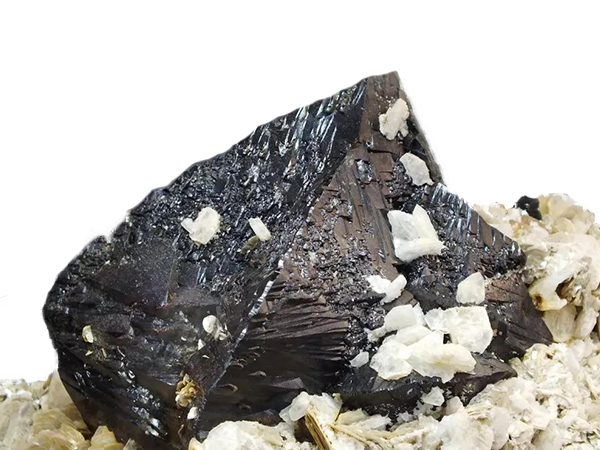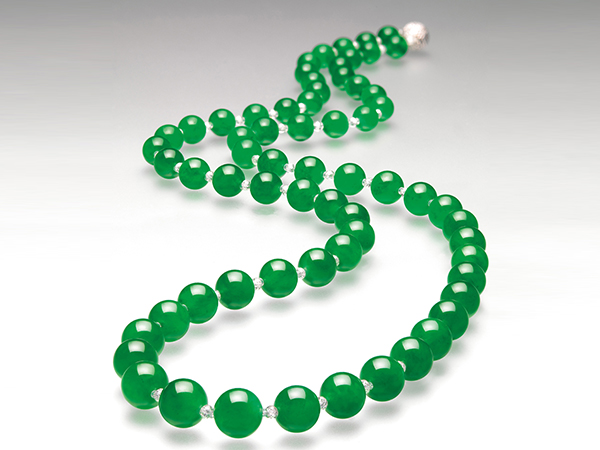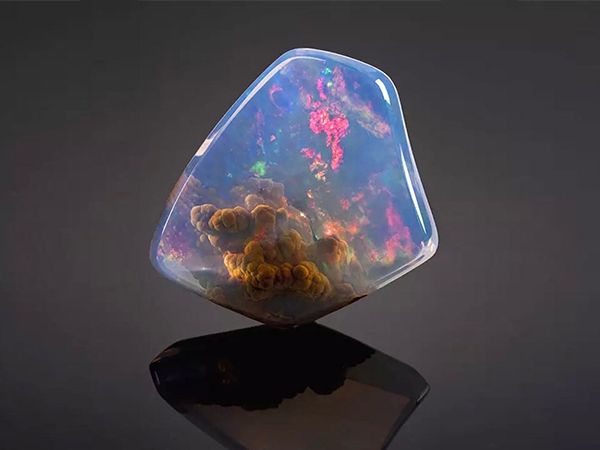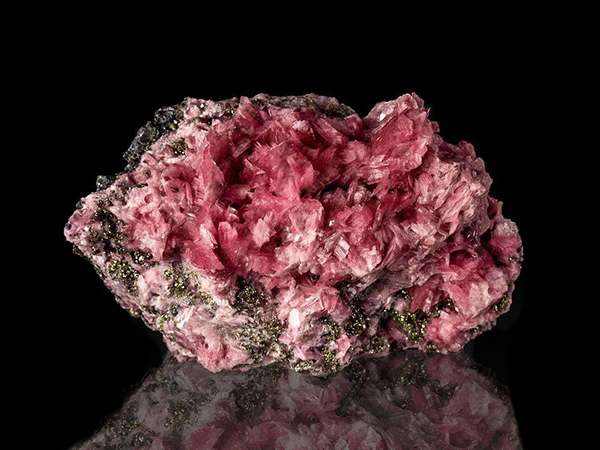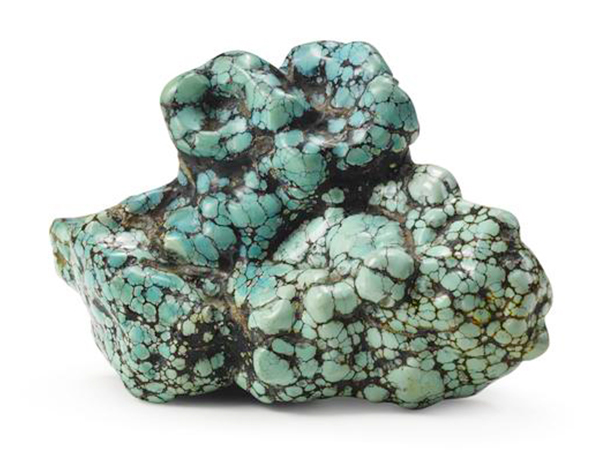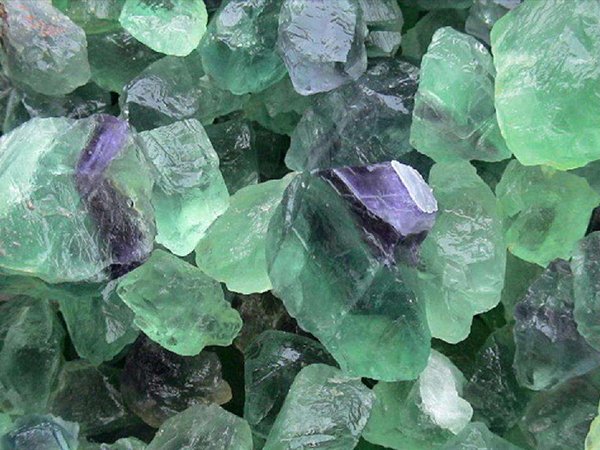Barite is the most common mineral of earthworms and its composition is barium sulfate. Produced in low-temperature hydrothermal veins, such as quartz-barite veins, fluorite-barite veins, etc., often associated with galena, sphalerite, chalcopyrite, cinnabar and so on. The barite deposits produced in Hunan, Guangxi, Qinghai and Jiangxi in China are mostly large hydrothermal single mineral veins. Barite can also be produced in sedimentary rocks and appears as tuberculosis. It is mostly found in argillaceous and sandy sedimentary rocks in sedimentary manganese deposits and shal
The cassiterite is an oxide mineral whose chemical composition is SnO2 and the crystal belongs to the tetragonal system. It usually contains finely dispersed inclusions of Fe and Ta, Nb and other oxides, but Nb and Ta can also replace Sn in a homogeneous manner. The crystal has a rutile structure, usually a short cylinder with a double cone, sometimes in the form of a slender column or a double cone. Knee-like twins are common. The aggregates are mostly granular blocks. The outer shell has a grape-like shape and has a concentric radial fibrous structure inside,
Jadeite, also known as jade jadeite, jade, and jade, is a kind of jade. The correct definition of jadeite is a fibrous aggregate composed of pyroxene minerals mainly composed of jadeite minerals. But jade is not equal to jade. Jadeite is a jade-like stone polycrystalline aggregate formed under geological conditions. It is mainly composed of jade or jadeite and sodium (sodium chromite pyroxene) and soda-lime pyroxene (omendrome), which may contain horn flashes. Stone, feldspar, chromite, limonite, etc. In ancient times, jade is a kind of bird living in the south. The
Opal's English is Opal, which is derived from the Latin Opalus, meaning "the beauty of the gem." Ancient Roman natural scientist Pliny once said: "On a piece of opal stone, you can see the ruby flame, amethyst-like stains, emerald green sea, colorful, seamless, beautiful." High quality Opal is known as the “palette” of gemstones and is known for its special color-changing effects. Opal was designated as the birthstone of October. characteristic Common colors: various body colors can appear, white body color can be called albumin, black, dark gray, blue, gree
Rhodiola is a silicate mineral produced in various manganese ores. It is mainly used as decorative stone or jewelry and sculpture. The crystal of the meringue is in the form of a plate or a column, and the aggregate of the crystal is granular or massive, and the light pink to red has a glass luster. Some of the black color is often formed after the surface of the rosestone is oxidized, which is a film formed by manganese oxides and hydroxides. Name source The word Rhodonite comes from the Greek word; it refers to the rose to symbolize its color. In Taiw
Turquoise, also known as "Tropical Stone", is named for its "shaped pine ball, color near pine green". The English name Turquoise means Italian stone. Turkey does not produce turquoise. It is said that the turquoise produced by ancient Persian was named after the Turkish transport to Europe. Turquoise reserves are huge, not only in China, Egypt, Iran, the United States, Russia, Chile, Australia, Peru, South Africa, India, Pakistan, Kesmir, etc. have rich and sufficient mineral reserves. Before the Qing Dynasty in China, turquoise was also known as the "Dianzi". The
Malachite is an ancient jade material, mainly composed of basic copper carbonate.Malachite comes from the Greek Mallache, meaning "green." The ancient Chinese called malachite "green-green", "shi green" or "green lang gan".Malachite is so beautifully named for its resemblance to the speckled green of peacock feathers.Malachite occurs in the oxidation zone of copper sulfide deposits and is often associated with other copper-bearing substances (azurite, pyroxene, copper, natural copper, etc.). World famous producing areas are Zambia, Australia, namibia, Russia, Zaire, the United
Graptolite is a silicate mineral that usually occurs in the cavities of igneous rocks and is sometimes found in stalactites.Grape stone color from light green to gray, there are white, yellow, red and other colors, but the common green, yellow is extremely rare and precious.Transparency and translucency are available. They have the shape has the plate shape, the sheet shape, the grape shape, the kidney shape, the radial shape or the massive aggregate and so on.Good quality grape stone can be used as a gem, this gem is known as the cape emerald. Mineral properties
There are white, gray, yellow (yellow grain), blue, green, pink and brown colors, stripes are white. Zinc is sometimes replaced by iron or manganese, and occasionally by small amounts of magnesium, calcium, cadmium, copper, cobalt or lead.Like most carbonate minerals, it dissolves in hydrochloric acid and bubbles.In calcite group, calamite belongs to one kind with high hardness and high specific gravity. Most of the zinc minerals in nature are sphalerite, and the output of zinc halite is less.It can be used as semi-precious jewelry except for extracting zinc, which is
Fluorite is also called Fluorite.One of the most common minerals in nature, it can coexist with many other minerals and is found in many places in the world. It has 5 effective varieties.Isometric crystal system, mainly composed of calcium fluoride (CaF). It crystallizes into an octahedron and a cube.Crystal is glass luster, bright and varied colors, brittle, mohs hardness of 4, melting point of 1360℃, with the property of complete cleavage.Some samples can glow when exposed to friction, heat and ultraviolet radiation. The mineral from volcanic magma, in the process


